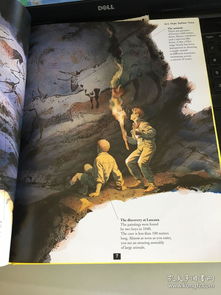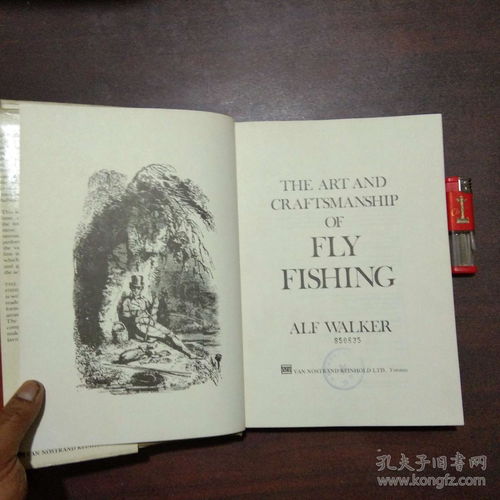Content:
Line fishing, also known as rod fishing, is a popular method of angling that involves using a fishing rod, line, hook, and bait to catch fish. Whether you are a beginner or an experienced angler, mastering the art of line fishing can enhance your fishing experience and increase your chances of catching more fish. In this article, we will discuss how to learn the essential line fishing techniques to become a skilled angler.
Choose the right equipment
The first step in learning line fishing is to ensure you have the right equipment. Here are some essential items you will need:
- A fishing rod: Choose a rod that matches the type of fish you want to catch and the conditions you will be fishing in.
- Fishing line: The type of line you use depends on the fish species, water conditions, and your preferred fishing method. Monofilament, fluorocarbon, and braided lines are the most common types.
- Hooks: Select the appropriate hook size and type based on the fish you are targeting.
- Lures and bait: Use lures or bait that are suitable for the fish you want to catch.
- Tackle box: Keep all your fishing gear organized in a tackle box.
Learn the basics of casting
Casting is a fundamental skill in line fishing. To improve your casting technique, follow these steps:
- Hold the rod with a comfortable grip, keeping your elbow close to your body.
- Point the rod tip towards your target and maintain a straight line from the rod tip to the line.
- Lift the rod back with a smooth, controlled motion, then flick your wrist to cast the line forward.
- Practice casting in different directions and distances to improve your accuracy.
Understand the different fishing techniques
There are several line fishing techniques you can use to catch fish, including:

- Still fishing: This involves casting your line and allowing it to rest on the bottom of the water. It is ideal for fish that are feeding on the bottom.
- Trolling: Trolling involves slowly moving your boat with the fishing line trailing behind. This technique is effective for catching fish that follow the current or swim near the surface.
- Casting and retrieving: This technique involves casting your line, retrieving it, and repeating the process to attract fish.
- Jigging: Jigging involves moving your lure in a repetitive up-and-down motion to mimic the movement of prey.
Learn to read the water
Understanding the water conditions and the behavior of fish can significantly improve your chances of catching fish. Here are some tips to help you read the water:
- Observe the water's surface: Look for signs of fish activity, such as surface disturbance or bubbles.
- Analyze the bottom structure: Study the riverbed or lake bottom to identify areas where fish might be hiding.
- Pay attention to the weather: Fish behavior can change with weather conditions, so be aware of any changes that might affect your fishing.
Practice patience and persistence
Learning to line fish effectively takes time and practice. Be patient and persistent, and don't get discouraged by a few unsuccessful attempts. Remember that fishing is a relaxing and enjoyable activity, so take your time and savor the experience.
In conclusion, mastering the art of line fishing requires practice, patience, and the right equipment. By following these tips and techniques, you can improve your fishing skills and enjoy a successful angling experience. Happy fishing!












